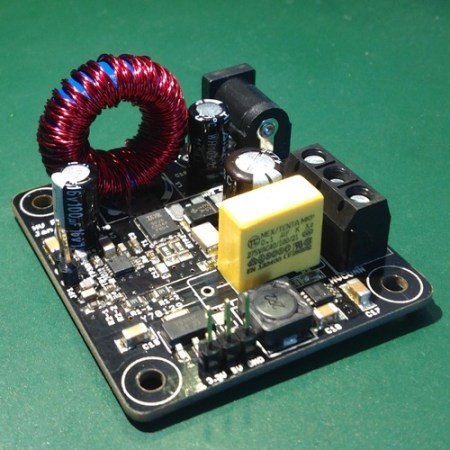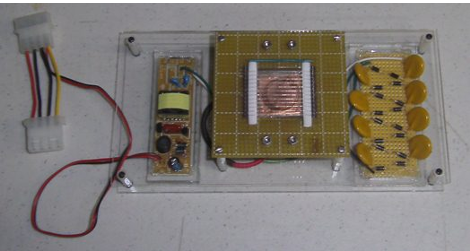[GK] had some old CRTs lying around, so naturally he decided to build an old school analog scope with one of them. Lucky for us, he’s been documenting his progress. Since it was a big project to tackle, he started out with Spice modeling to work out all the right values.
Prototyping the power supply took some custom transformer winding, but when done, the power supply did the job. Although he’s still wiring up the Z (intensity) axis, the scope is already capable of displaying signals and even text characters using a character generator he built earlier (see video below).
[GK] spends most of the time so far talking about the high voltage power supply design. For the particular tubes he had on hand he needed +200V, -400V, -550V, and 6.3VAC for the CRT heater. This is certainly not the typical Arduino-based digital scope that everyone builds at least once.
We love analog scopes for art projects, logic analyzer conversions, and gaming. Of course, if you don’t have an old CRT in your parts bin, you might consider trying a laser.















